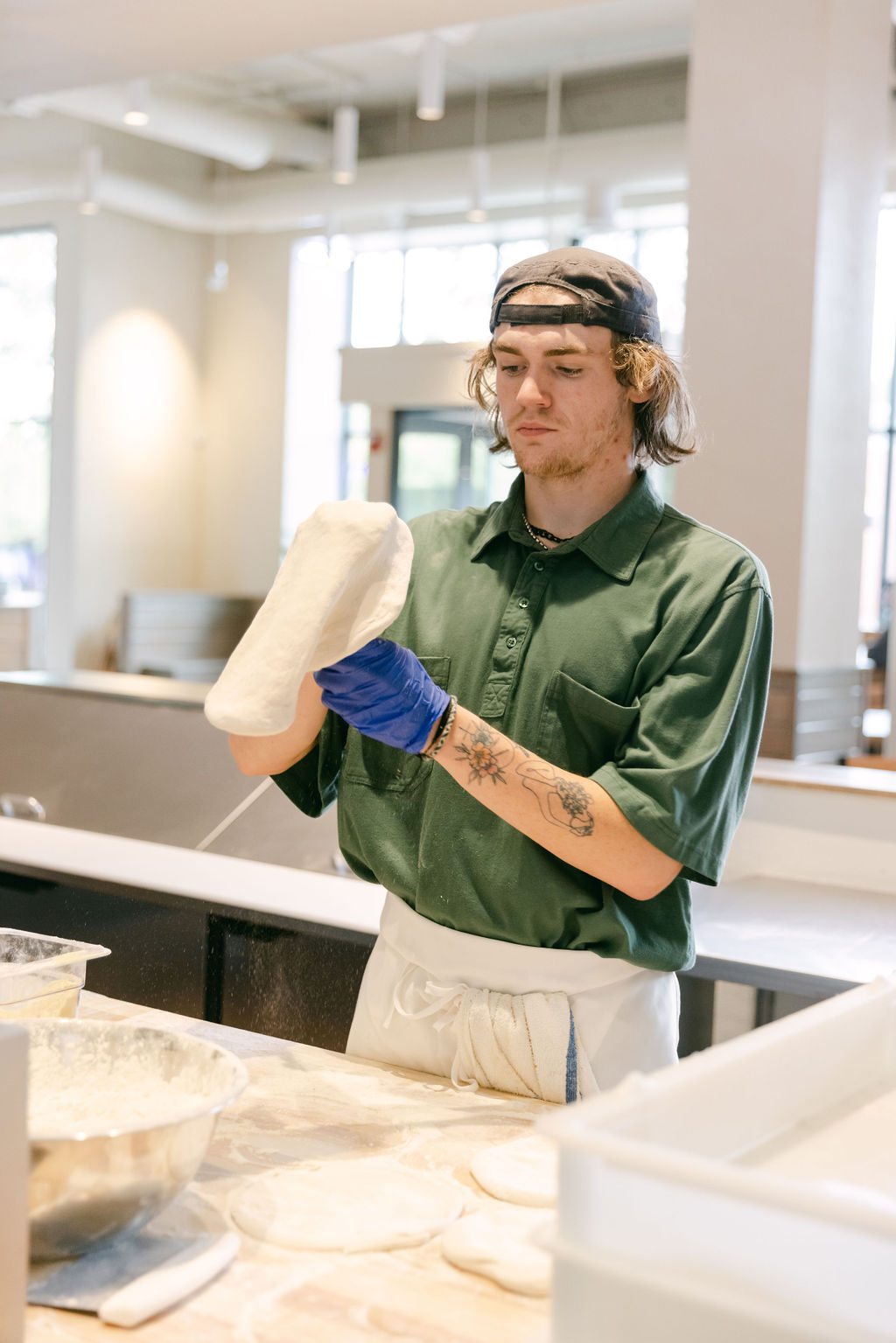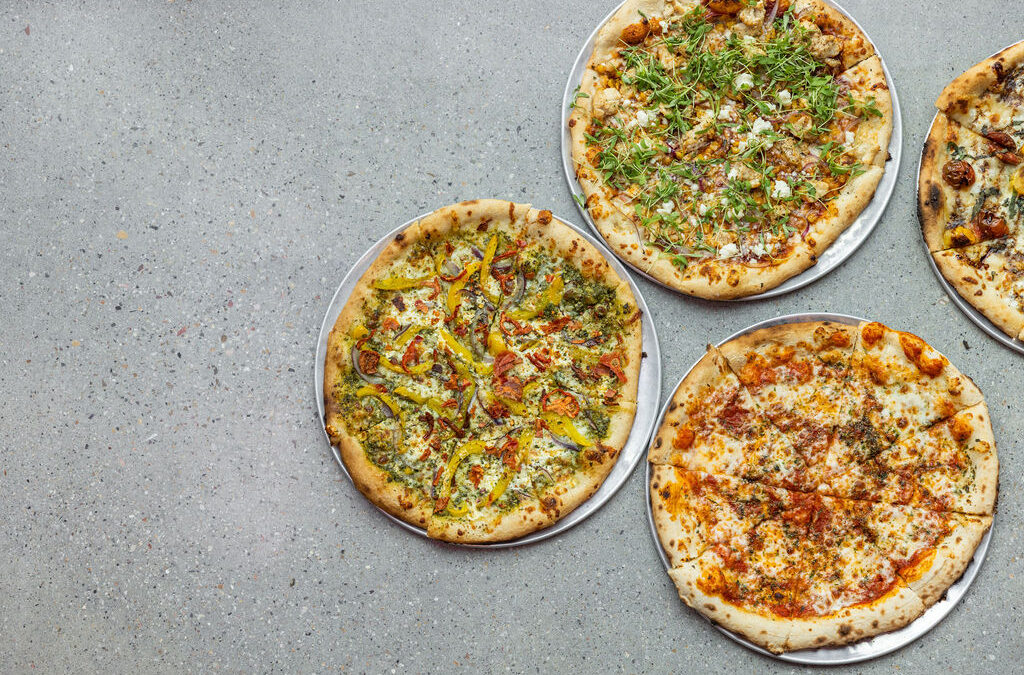Did you know the perfect pizza dough has much to do with science? Pizza dough is essential to every delicious pizza, and understanding the science behind it can help you make the perfect pie. In this article, we’ll explore the history of pizza dough, the role of yeast, the importance of flour, the critical function of water temperature, and the art of kneading.
The History of Pizza Dough
Pizza dough has been around for centuries. The ancient Greeks and Egyptians made a flatbread that was the foundation for modern pizza dough.
Over time, pizza dough evolved as bakers experimented with ingredients and techniques. Today, we have many types of pizza dough, from thin to thick crusts, with different textures and flavors.
Yeast: The Essential Component
Yeast is a critical ingredient in pizza dough. It is a living organism that ferments sugar and releases carbon dioxide gas, making the dough rise.
The yeast’s activity creates a light, airy texture and adds flavor to the dough. Different types of yeast can affect how fast the dough rises and the final taste of your pizza.
Flour Power: Choosing the Right Flour
The type of flour you use in your pizza dough can make a big difference in the outcome. There are many types of flour, but the most common for pizza dough is all-purpose, bread, and 00 flour. All-purpose flour is versatile and creates a good balance of chewiness and crispiness.
Bread flour has a higher protein content, which helps create more gluten and gives the dough a chewier texture. 00 flour is finely milled, making it ideal for thin-crust pizzas with a light, tender bite.
Water Temperature: The Secret to Perfect Dough
The water temperature you use to mix your pizza dough is critical. Warm water helps activate the yeast, while cold water slows it down. Conversely, using water that is too hot can kill the yeast, resulting in a dough that doesn’t rise.
The ideal water temperature for pizza dough is between 105°F and 110°F. This range allows the yeast to work its magic, making your dough rise and develop its delicious flavor.
Kneading: Building the Dough’s Structure
Kneading is an essential step when making pizza dough. This process creates gluten strands within the dough, giving it structure and elasticity.
Gluten forms when proteins in the flour mix with water, and kneading helps align these proteins to create a strong, stretchy network. Properly kneaded dough will be smooth, elastic, and easy to shape, ensuring a perfect crust for your pizza.
The Perfect Pizza Dough: A Delicious Conclusion
Understanding the science behind pizza dough is the key to creating a mouthwatering pizza. Pizza Volta is the perfect destination for anyone seeking a scrumptious and distinctive pizza experience. Our crust is buttery and crispy, and our toppings are combined in delightful and flavorful ways that will leave your mouth watering.
Whether you’re dining with your family or friends, our pizza is sure to satisfy your cravings. To indulge in our offerings, you can order online or visit us at our location in the heart of Sugarhouse, located at 1080 E 2100 S.




